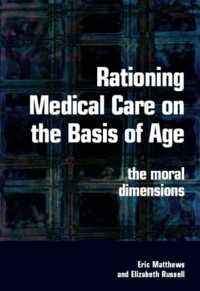- ホーム
- > 洋書
- > ドイツ書
- > Humanities, Arts & Music
- > Music
- > musical equipment
Description
(Text)
Um 1850 erreichte der Bach-Kult in Frankreich einen ersten Höhepunkt, der sich seit Beginn des Jahrhunderts ausgebreitet hatte. Auch der damals noch weitgehend unbekannte Charles Gounod setzte sich intensiv mit den Werken Bachs auseinander und studierte Choräle und Motetten ebenso wie die Präludien und Fugen aus dem Wohltemperierten Klavier. Bei einer privaten Vorführung 1852 soll er zu den berühmten Akkordbrechungen des C-dur-Präludiums BWV 846 eine ausdrucksvolle, kantable Melodie improvisiert haben, die später durch die Textierung mit "Ave Maria" weltberühmt werden sollte.
Im Druck erschienen 1853 aber zunächst mehrere Instrumentalfassungen dieser Bearbeitung, darunter auch eine für Klavier solo von Gounod selbst, die hier erstmals als Urtext-Edition vorgelegt wird.
(Table of content)
Méditation, Ave Maria (J. S. Bach)Méditation, Ave Maria (J. S. Bach)
(Text)
The French Bach cult, which began in the early 19th century, reached an initial highpoint around 1850. Charles Gounod, still largely unknown at the time, also studied Bach's works intensively - his chorales, motets, and the preludes and fugues of the 48. He is said to have improvised his expressive, cantabile melody over the famous broken chords of Bach's C-major Prelude BWV 846 from the 48 at a private performance in 1852. This arrangement would later became world famous when underlaid with the text of the Ave Maria. Several instrumental versions of it were initially published in 1853, including one for solo piano by Gounod himself that is presented here for the first time as an Urtext edition.
(Table of content)
Méditation, Ave Maria (J. S. Bach)Méditation, Ave Maria (J. S. Bach)
C'est vers 1850 que le culte de Bach, après s'être développé en France tout au long de la première moitié du siècle, atteignit un premier sommet. Encore largement inconnu à l'époque, Charles Gounod étudia lui aussi les oeuvres du Maître, et travailla sur les chorals et les motets, ainsi que sur les préludes et fugues du Clavier bien tempéré. On rapporte qu'en 1852, à l'occasion d'une audition privée, il avait improvisé une mélodie expressive et gracieuse sur les célèbres accords brisés du Prélude en Ut majeur BWV 846, laquelle devait plus tard devenir mondialement célèbre grâce au texte de l'«Ave Maria». Mais ce furent d'abord plusieurs versions instrumentales de cet arrangement qui parurent en 1853, et parmi elles figurait également une version pour piano solo réalisée par Gounod lui-même, présentée ici pour la première fois en édition Urtext.








